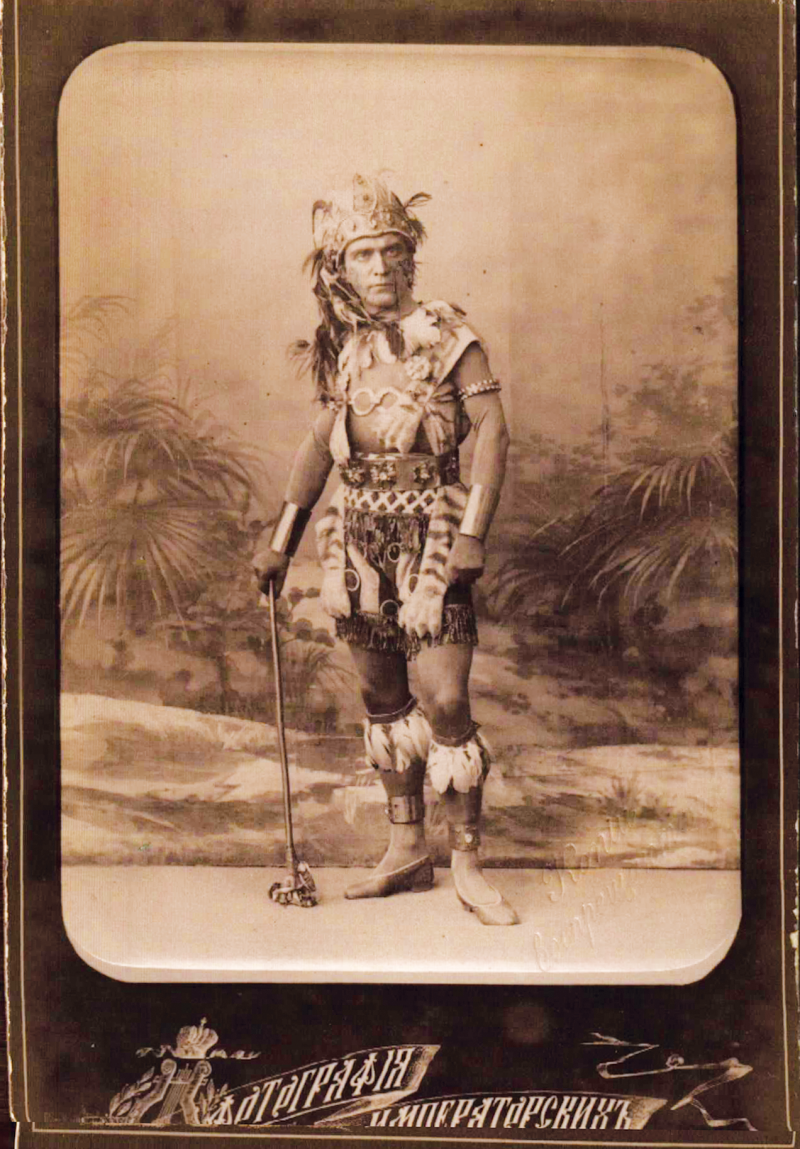A Threat to the Genesis Narrative of Russian Cinema
Wladyslaw Starewicz was supposed to be Russia’s earliest animator. As the story goes, the young insect-enthusiast once tried to film two male stag beetles fighting over a female, but his nocturnal actors froze, quite literally, under the bright lights of the stage. Not to be deterred, Starewicz set about working with more-pliable players, bringing his vast collection of embalmed bugs to life again, painstakingly, frame by frame. In 1912 he released his first feature film, The Beautiful Leukanida, 230 meters of pure knight’s-tale parody set in a world of beetles. Though some European viewers thought that a mad Russian scientist had trained the bugs, in fact it marked the birth of puppet stop-motion.
Early cinema history, however, is a chronological minefield. Obscure precursors and forgotten contemporaries abound, their legacies buried below the known names, who are often known now thanks to their marketing or industrial prowess, not because their films were artistically prescient, or, for that matter, the first. Take, for example, the Lumière Brothers, whose 1895 Grand Café screening has attained axiomatic status as the earliest moving-picture exhibition, yet came two months after the Skladanowsky Brothers displayed their Bioscop in Berlin. Beneath the established history lies a loaded prehistory, just waiting to be stumbled upon.

While such stumbling is not uncommon, the unknown pioneers have tended to work in the film world. Perhaps that explains why the man who stole the “first” from Starewicz’s animation claims—a diligent dancer named Alexander Viktorovich Shir-yaev—met with such hostility upon his posthumous unveiling. Shiryaev trained in a world of pirouettes and pas, orbiting a cultural elite that largely couldn’t be bothered with the newfangled cinématographe, a technological entertainment that catered to the simmering proletariat, hawking its wares at countryside fairs and in musty theaters.
More likely, though, the specter of a mysterious choreographer-cum-animator threatened the accepted narrative for Russian cinema’s genesis. In 2004, when film historian and documentarian Victor Bocharov brought Shiryaev’s works to the Archival Film Festival at the State Film Archives in the Moscow suburb Belye Stolby, angst-ridden critics recoiled. They accused Bocharov of, among other things, having fabricated the films himself, presumably as an attention-grabbing stunt.
Granted, Shiryaev’s tale, told in Bocharov’s aptly titled 2003 documentary Belated Premier, borders on implausible, even to the objective eye. In it are clips of what is supposedly Shiryaev’s work: hand-drawn sequences of people dancing and snakes slithering are set in motion, calling to mind the early experiments of Muybridge...
You have reached your article limit
Sign up for a digital subscription and continue reading all new issues, plus our entire archives, for just $1.50/month.
Already a subscriber? Sign in




